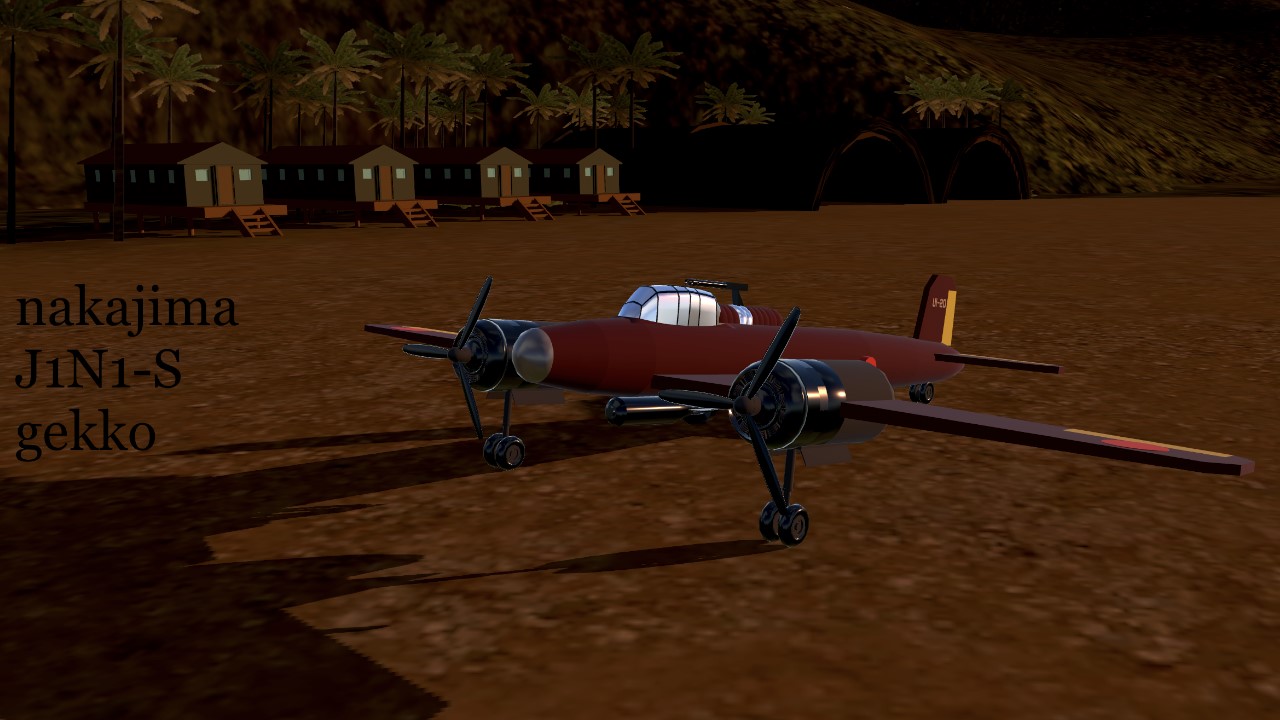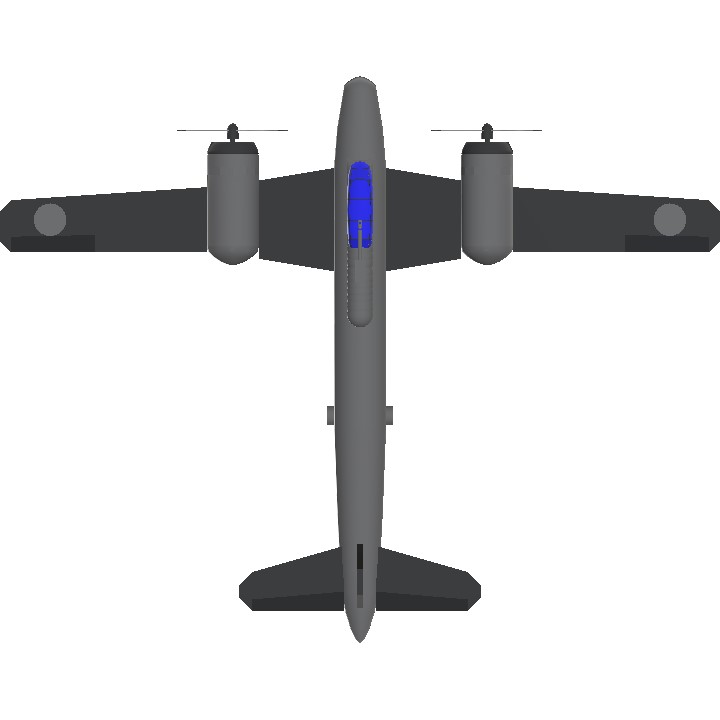HISTORY
The Nakajima J1N1 Gekko (??, "Moonlight") is a twin-engine aircraft used by the Japanese Imperial Navy during World War II and was used for reconnaissance, night fighter,bombing and kamikaze missions. The first flight took place in May 1941. It was given the Allied reporting name "Irving", since the earlier reconnaissance version the J1N1-C, was mistaken for a fighter.
DESIGN AND DEVELOPMENT
In mid-1938 the Japanese Imperial Navy requested a twin-engine fighter designed to escort the principal bomber used at the time, Mitsubishi G3M "Nell". The operating range of the standard Navy fighter, the Mitsubishi A5M "Claude", was only 1,200 km (750 mi), insufficient compared with the 4,400 km (2,730 mi) of the G3M. Moreover, at the time, the potential of the "Zero", then still under development, remained to be evaluated, stressing the need for a long-range escort fighter, much as the Luftwaffe had done with the Messerschmitt Bf 110 Zerstörer, introduced the year before.
In March 1939, Mitsubishi and Nakajima began the development of a project 13-Shi. The prototype left the factory in March 1941 equipped with two 843 kW (1,130 hp) Nakajima Sakae 21/22, 14-cylinder radial engines. There was a crew of three, and the aircraft was armed with a 20 mm Type 99 cannon and six 7.7 mm (.303 in) Type 97 aircraft machine guns. Four of these machine guns were mounted in two rear-mounted powered turrets, the weight of which reduced the performance of the aircraft considerably. Because of the sluggish handling, being used as an escort fighter had to be abandoned. Instead, production was authorized for a lighter reconnaissance variant, the J1N1-C, also known by the Navy designation Navy Type 2 Reconnaissance Plane. One early variant, the J1N1-F, had a spherical turret with one 20 mm Type 99 Model 1 cannon mounted immediately behind the pilot.
Specifications
General Characteristics
- Created On Mac
- Wingspan 45.3ft (13.8m)
- Length 35.7ft (10.9m)
- Height 12.0ft (3.6m)
- Empty Weight 7,224lbs (3,276kg)
- Loaded Weight 7,944lbs (3,603kg)
Performance
- Horse Power/Weight Ratio 0.377
- Wing Loading 38.5lbs/ft2 (187.8kg/m2)
- Wing Area 206.5ft2 (19.2m2)
- Drag Points 4041
Parts
- Number of Parts 55
- Control Surfaces 5
- Performance Cost 329




